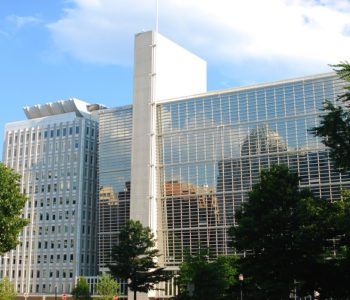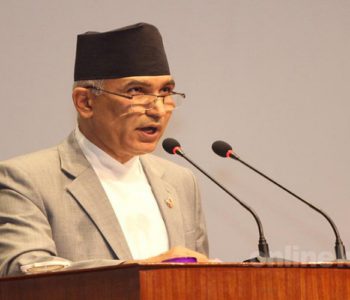Banks slash interest rates amidst excess liquidity and economic slowdown

KATHMANDU: In a significant move over the past year, banks in Nepal have reduced their interest rates on loans by an average of 2.31 percentage points, and the trend shows no signs of reversing. This reduction comes in response to an overabundance of loanable funds, as banks struggle to issue new loans due to an economic slowdown.
The Current Macroeconomic and Financial Situation Report, released by Nepal Rastra Bank (NRB) on Monday, reveals that the weighted lending rate of banks has dropped to 10.34 percent per annum as of mid-May this year, compared to 12.65 percent during the same period last year. Similarly, the base interest rate of commercial banks has decreased by 1.93 percent, standing at 8.34 percent per annum down from 10.27 percent the previous year.
Economic challenges, including increased non-performing assets and concerns over capital adequacy ratios, have put downward pressure on interest rates. Consequently, banks have also lowered interest rates on deposits. The interest rate on fixed deposits has declined to a maximum of 7.06 percent for the period between mid-May and mid-June, down from an average of 7.14 percent. Bankers anticipate further reductions in the coming months.
Sunil KC, President of the Nepal Bankers’ Association, stated that banks typically receive a surge in deposits towards the end of the fiscal year, which contributes to the lowering of interest rates. “Due to this reason, the interest rate is likely to go down next month too,” he remarked.
NRB’s regulations permit banks to adjust interest rates by up to 10 percent of the previous month’s rate, meaning the interest rate on fixed deposits could drop to as low as 6.35 percent next month.
Amidst this excess liquidity, banks have deposited approximately Rs 1.620 trillion intermittently at the NRB. To manage this liquidity, the NRB introduced a standing deposit facility last February, allowing banks and financial institutions to deposit their surplus funds at the central bank at a three percent interest rate.
In a related development, the NRB has mandated banks and financial institutions (BFIs) to recover subsidized loans that were found to be misused.
Following the COVID-19 pandemic in 2019, the NRB, through BFIs, issued Rs 140.50 billion in subsidized loans across ten categories including agriculture, education, youth employment, and women entrepreneurship. However, an NRB study found that approximately seven percent of these loans were misused. The NRB has instructed BFIs to reclaim the misused funds or face penalties, as stated in a public notice issued on Tuesday.
The evolving financial landscape, marked by declining interest rates and stringent regulatory measures, highlights the ongoing efforts by Nepal’s central bank to stabilize the economy and ensure the proper utilization of financial resources.











Facebook Comment